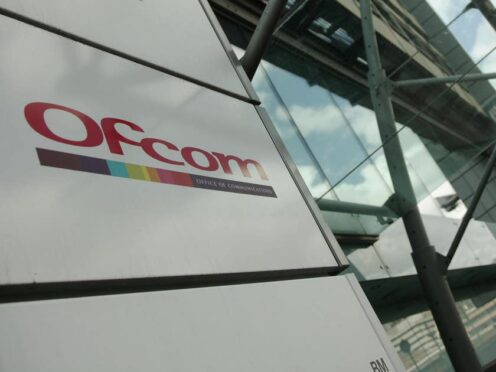In two posts on X, formerly Twitter, on June 21, the leader of Reform UK Nigel Farage said Ofcom had recently changed the broadcasting rules which govern how much air time each party should receive.
He also claimed the broadcasting regulator was engaging in “election interference”.
Evaluation
Ofcom’s rules on the amount of air time afforded to each political party in an election period say “broadcasters must take into account evidence of past electoral support and/or current support”.
Reform UK has not previously been represented in a General Election.
The section of Ofcom’s rules on how much coverage parties should receive has not been updated since at least 2017.
The facts
In a post on X on June 21, Nigel Farage, the leader of Reform UK, said: “Ofcom have recently changed the broadcasting rules to try to squeeze us out. This is serious election interference.”
Later the same day, in another post accompanied by a video, Mr Farage said: “Ofcom are engaging in election interference. Their new rules will only give Reform UK 8% of the coverage. They are trying to protect the cozy club and stop new challengers like us.”
Ofcom is the government-approved regulator for communications services, including broadcasting, in the UK.
Ofcom’s rules on broadcast standards for General Elections say: “Due weight must be given to the coverage of parties and independent candidates during the election period.
“In determining the appropriate level of coverage to be given to parties and independent candidates broadcasters must take into account evidence of past electoral support and/or current support.
“Broadcasters must also consider giving appropriate coverage to parties and independent candidates with significant views and perspectives.”
The rules do not define what percentage of the election coverage should focus on each party, with individual broadcasters trusted to develop a balance.
The web page on which these rules are published was last updated on February 19, more than three months before the General Election was announced on May 22.
Guidance notes accompanying the rules also show this section has not changed since at least 2017.
Addressing Mr Farage’s claims, an Ofcom spokesperson told the PA news agency: “These are not new rules – they are longstanding, and apply to all broadcasters.”
Reform UK did not reply when asked about Mr Farage’s comments.
Links
Second claim on X (archived post and video)
Ofcom – What is Ofcom? (archived)
Ofcom – Broadcast standards > Section six: Elections and referendums (archived)
Ofcom – Guidance Notes | Section Six: Elections and Referendums (archived)
